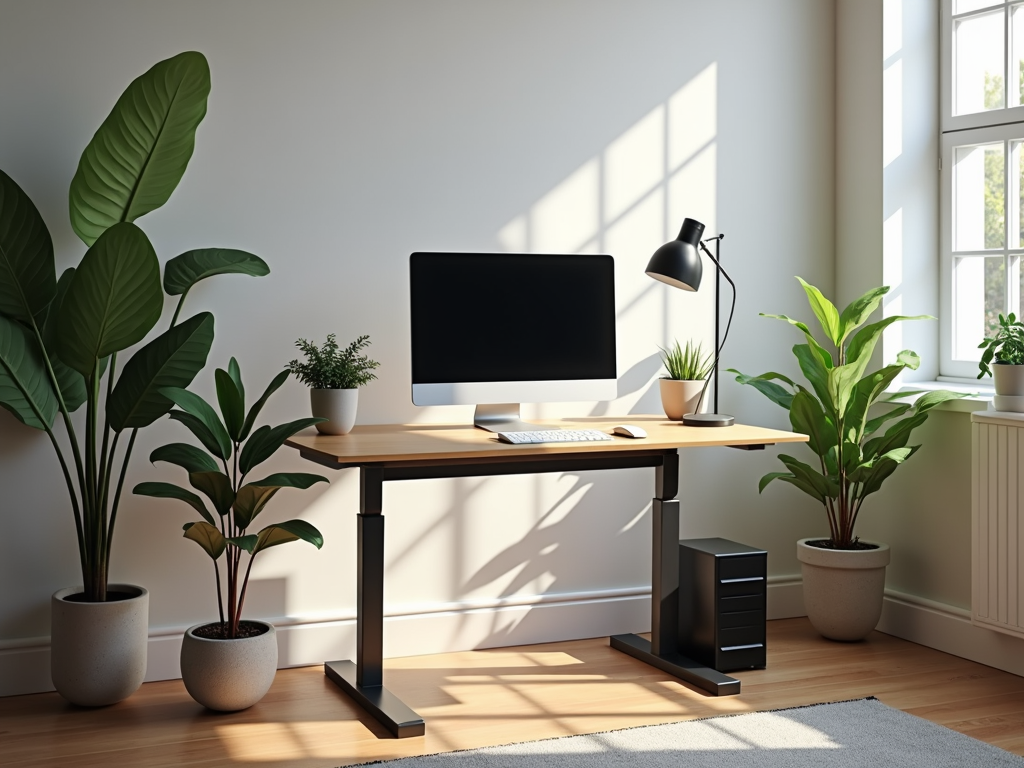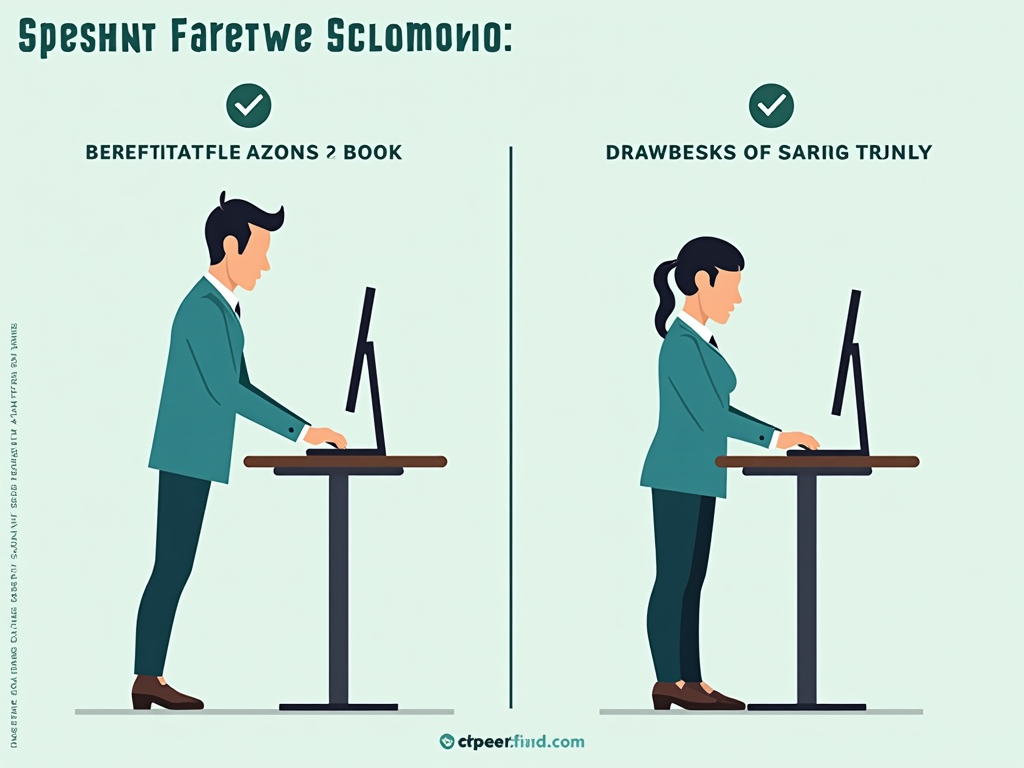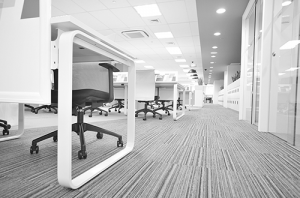Featured Post
The Benefits of Standing Desks: Are They Worth It?
In recent years, standing desks have gained popularity as a solution for those looking to improve their work environments. With the rise of remote work and the awareness of the negative effects of prolonged sitting, many are asking: are standing desks worth it? This article explores the benefits and drawbacks of using standing desks and helps you decide if they could be right for you.

What is a Standing Desk?
A standing desk is any desk that allows a person to stand comfortably while working. Some desks are height-adjustable, allowing users to switch between standing and sitting, while others are specifically designed for standing use. The goal is to reduce the risks associated with prolonged sedentary behavior.

Benefits of Standing Desks
- Reduced Risk of Weight Gain and Obesity: Standing burns more calories than sitting. This can potentially lead to weight loss over time.
- Lower Blood Sugar Levels: Standing after meals appears to reduce blood sugar levels, which is beneficial for those with insulin sensitivity.
- Reduced Risk of Heart Disease: Prolonged sitting is linked to heart disease. Standing more may help mitigate these risks.
- Reduced Back Pain: Many users report less back pain after switching to standing desks, especially if they incorporate other ergonomic adjustments.

Drawbacks of Standing Desks
While standing desks have numerous benefits, they also come with their own set of drawbacks:
1. Leg and Foot Pain: Standing for extended periods can cause discomfort, particularly in the legs and feet.
2. Increased Fatigue: Some users may experience fatigue or discomfort after standing for too long, which can affect overall productivity.
3. Potential for Increased Risk of Varicose Veins: Prolonged standing can increase the risk of developing varicose veins over time.

Tips for Using a Standing Desk Effectively
To maximize the benefits of a standing desk, consider the following tips:
- Alternate Between Sitting and Standing: Avoid standing all day. Alternate between positions to reduce fatigue.
- Use an Anti-Fatigue Mat: Standing on a cushioned mat can help reduce discomfort in your legs and feet.
- Maintain Proper Ergonomics: Ensure your monitor is at eye level and your wrists are straight while typing to prevent strains.

Conclusion
In summary, standing desks offer notable benefits for those looking to improve their health and comfort while working. However, the potential drawbacks shouldn't be overlooked. Consider your needs, preferences, and work habits when deciding whether a standing desk is right for you.

Read More
- How to Optimize Your Home Office
- The Ergonomic Office Furniture Guide
- Benefits of Active Workstations
- Choosing Office Furniture with Adjustable Features
- Best Practices for Remote Work Success









